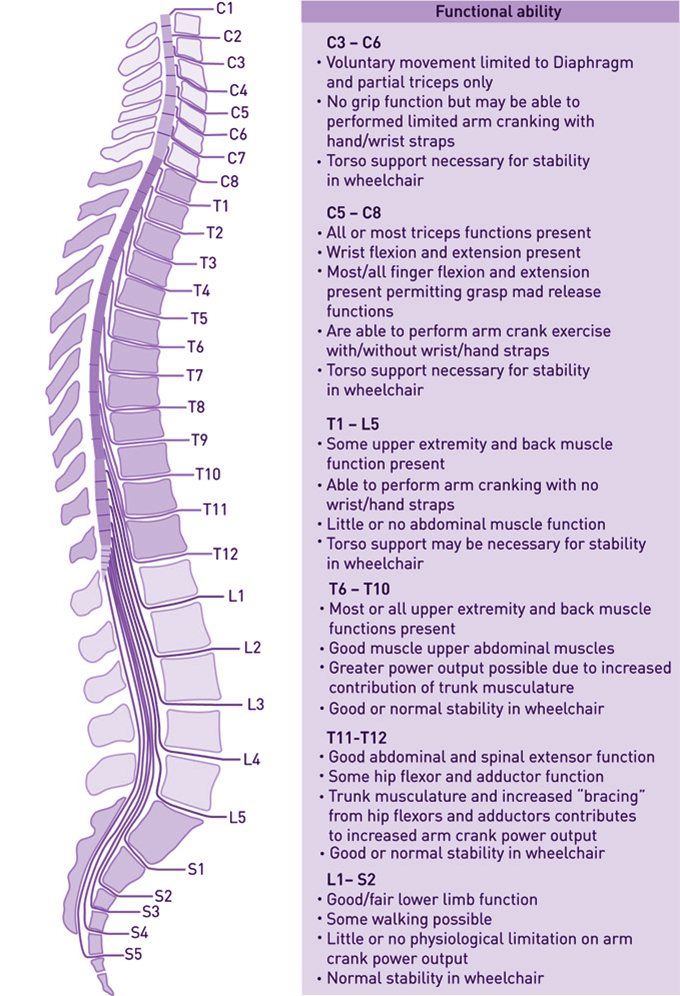About Paralysis
 Paralysis is loss of muscle function for one or more muscles. Paralysis can be accompanied by a loss of feeling (sensory loss) in the affected area if there is sensory damage as well as motor. A study conducted by the Christopher & Dana Reeve Foundation, suggests that about 1 in 50 people have been diagnosed with paralysis, approximately 6 million people. That’s the same number of people as the combined populations of Los Angeles, Philadelphia, and Washington, D.C. And that number is nearly 40 percent higher than previous estimates showed.
Paralysis is loss of muscle function for one or more muscles. Paralysis can be accompanied by a loss of feeling (sensory loss) in the affected area if there is sensory damage as well as motor. A study conducted by the Christopher & Dana Reeve Foundation, suggests that about 1 in 50 people have been diagnosed with paralysis, approximately 6 million people. That’s the same number of people as the combined populations of Los Angeles, Philadelphia, and Washington, D.C. And that number is nearly 40 percent higher than previous estimates showed.
Paralysis is most often caused by damage in the nervous system, especially the spinal cord. Other major causes are stroke, trauma with nerve injury, poliomyelitis, botulism, spina bifida, multiple sclerosis, and Guillain-Barré syndrome.
Spinal Cord Injury
SCI can occur from either trauma or disease to the vertebral column or the spinal cord itself. Most spinal cord injuries are the result of trauma to the vertebral column. These injuries can affect the spinal cord’s ability to send and receive messages from the brain to the body systems that control sensory, motor, and autonomic function below the level of injury.
Depending on the location and severity of the injury, the body can be affected in a myriad of ways. Typically, the nerves above the injury site continue to function as they always have and the nerves below the site do not.
Causes of SCI
Spinal cord Injury can happen to anyone at anytime! According to estimates, paralysis as a result of an injury of the spinal cord is diagnosed around 130,000 times each year worldwide. The main causes are accidents in everyday situations.
- Motor vehicle accidents: 46%
- Falls: 22%
- Violence: 16%
- Sports: 12%
Lifetime Cost
Estimated lifetime cost: $500,000 to $3 Million, depending on injury level and severity.
Demographics
- Males account for 80% of spinal cord injury patients.
- Most new SCI cases occur in persons younger than 30 years old; an estimated 50%–70% occur in those aged 15–35 years.
For more spinal cord injury information please visit the Spinal Cord Injury Zone.


